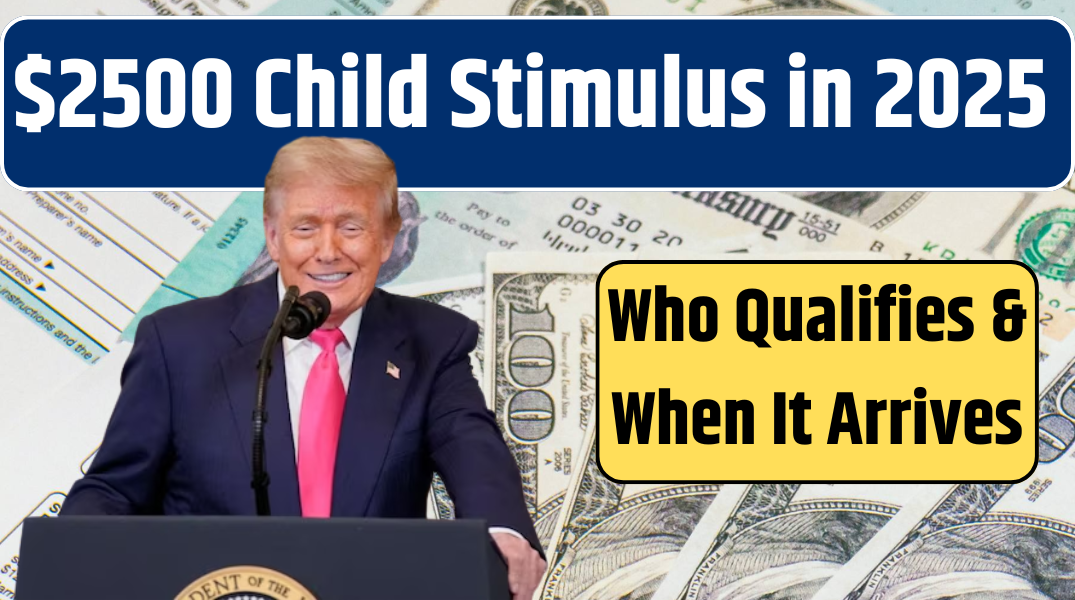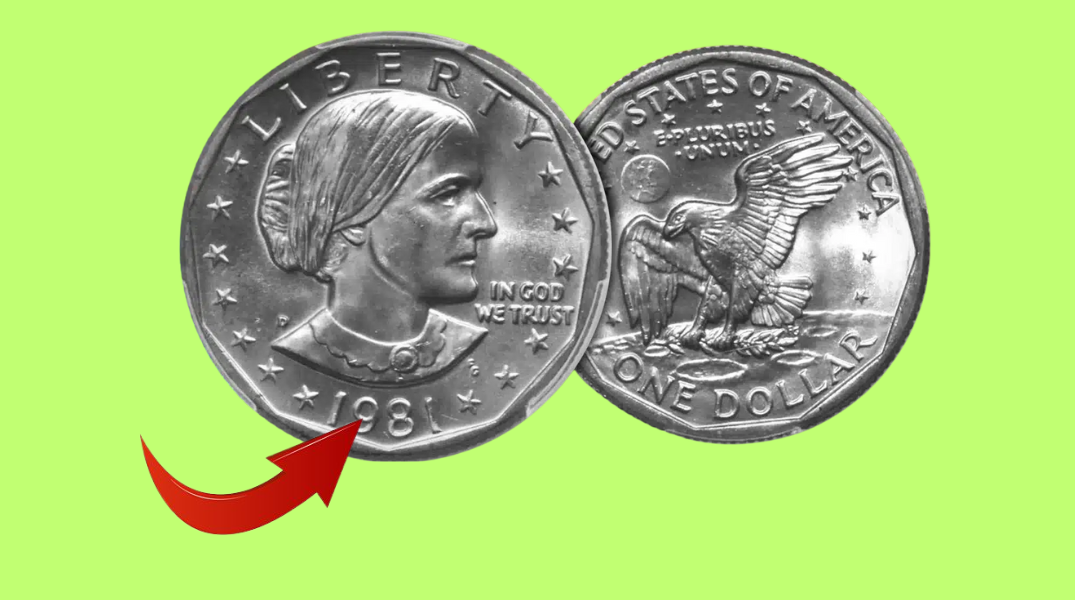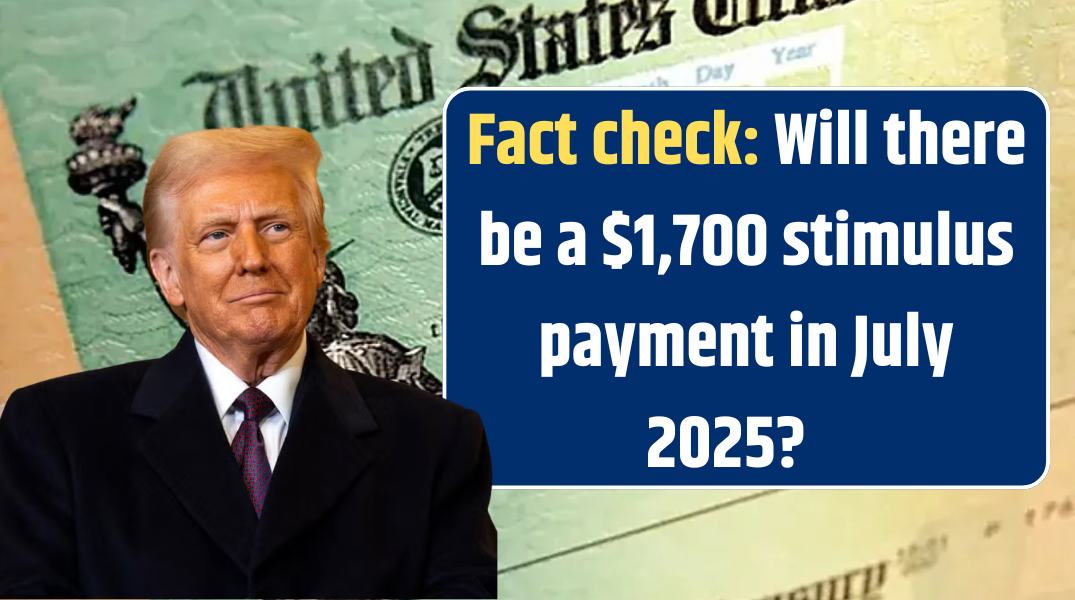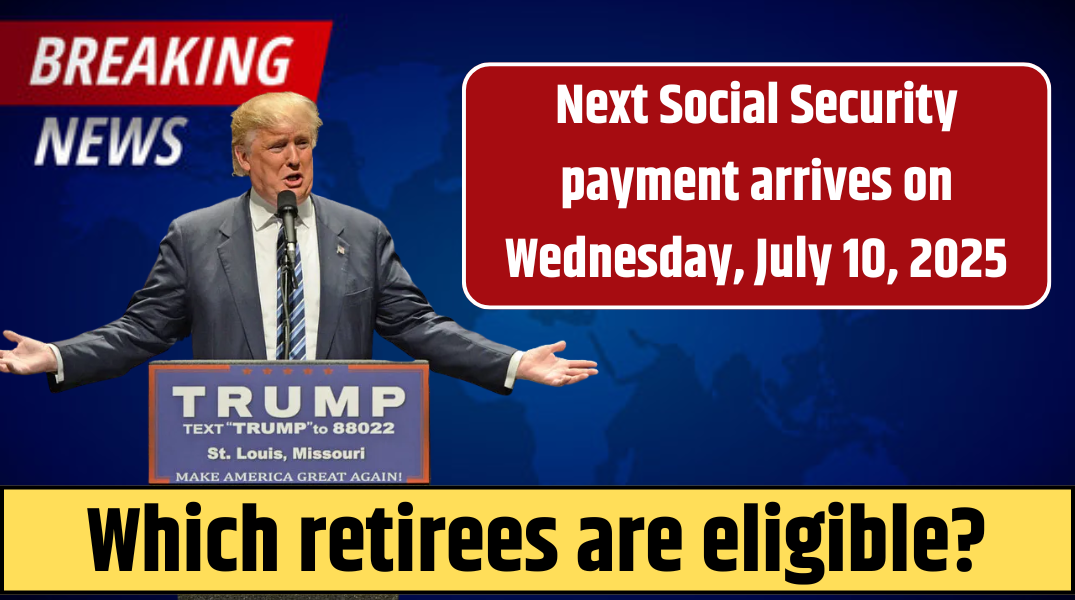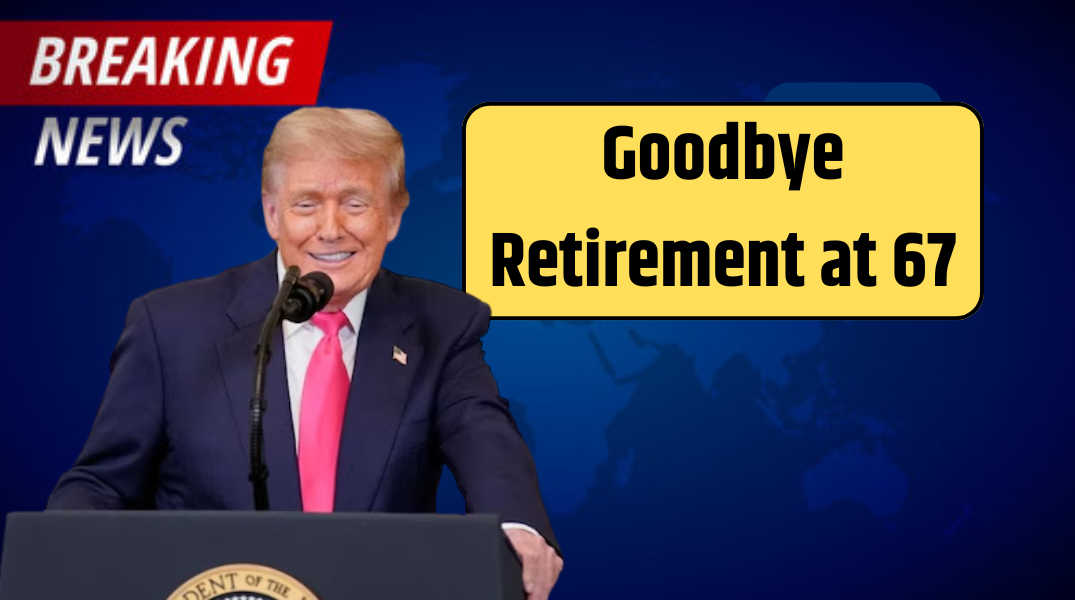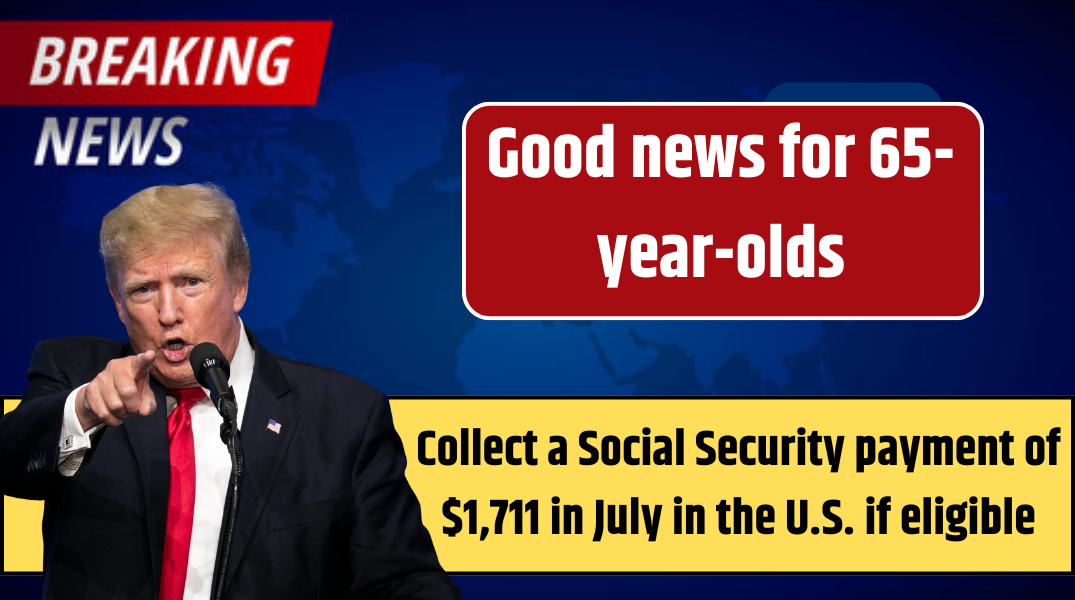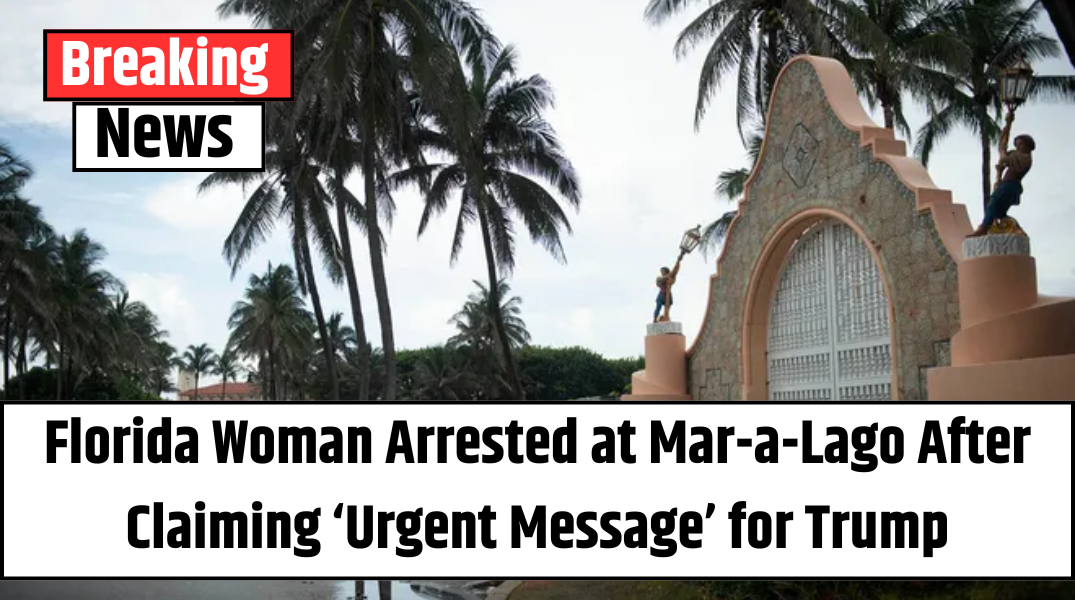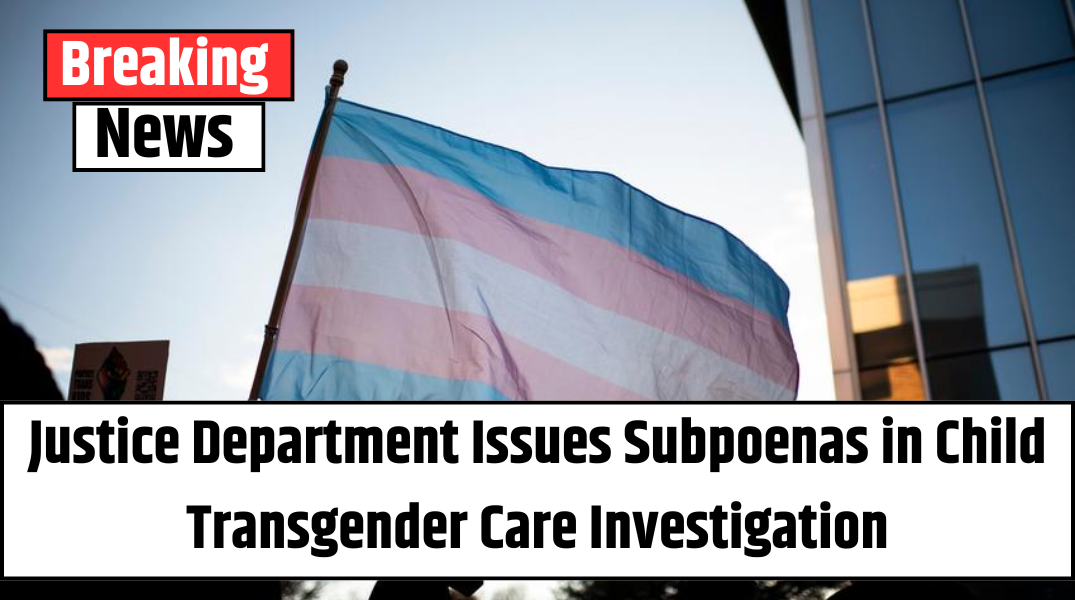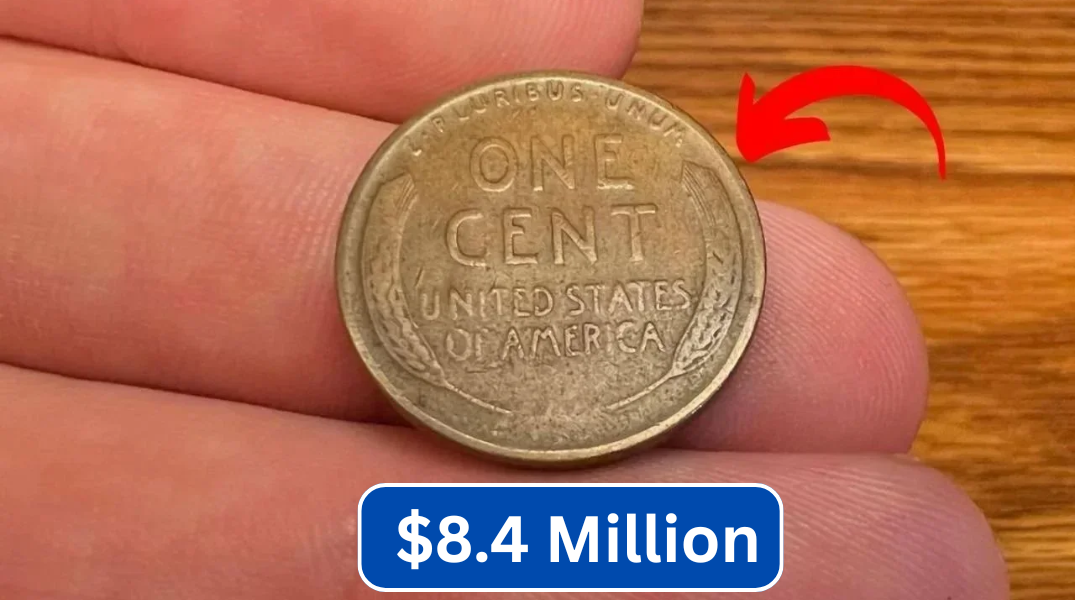$2500 Child Stimulus in 2025 – As families across the U.S. continue to navigate rising prices on everything from groceries to childcare, a new proposed financial boost is capturing widespread attention: a one-time $2500 child stimulus payment that could provide much-needed relief in 2025.
While still awaiting final approval from Congress or certain state legislatures, this potential payment is modeled after earlier efforts like the 2021 enhanced Child Tax Credit. It’s designed to support households with dependent children, especially those feeling the financial squeeze in the post-pandemic economy.
What’s the $2500 Child Stimulus All About?
The proposed stimulus aims to put $2500 per eligible child directly into the hands of parents or guardians. Unlike monthly credits, this initiative would be a single lump-sum payment, likely disbursed through the IRS or a state tax agency. The funds are intended to help cover basic living costs like food, rent, school supplies, and childcare—expenses that continue to climb faster than wages for many working families.
Think of it as a condensed version of the pandemic-era child tax credit, tailored for a one-time economic uplift during a period of stubborn inflation and growing household debt.
Who Could Be Eligible?
Though final details are pending, expected eligibility criteria include:
-
Children under age 17 as of the end of the 2024 tax year
-
A valid Social Security number for each qualifying child
-
Residency with the parent or guardian for more than half the year
-
Filing status-based income limits, similar to those used for the 2021 CTC:
Filing Status Income Threshold Single $75,000 or less Head of Household $112,500 or less Married Filing Jointly $150,000 or less
Families earning above these limits may receive reduced benefits or none at all, depending on how the final legislation is shaped.
💡 Interesting Note: If you had a child born in 2024, don’t forget to update your tax return! New dependents may make you eligible for additional stimulus funds.
How Will Payments Be Issued?
If approved, most payments would be automatically distributed based on your 2024 federal tax return. The IRS is expected to issue payments via direct deposit or mailed checks, depending on your preferred method of refund.
Also Read – $3,000+ IRS Direct Deposits Begin July 1: See If You Qualify for a Refund
However, non-filers—such as low-income families who typically don’t file taxes—may need to take action. This could involve:
-
Filing a simple return through the IRS Free File system
-
Using an online IRS tool or portal to claim the benefit
-
Confirming the correct listing of dependents and banking info
Proactive steps now—like filing early or updating your dependents—can help ensure timely payment once disbursements begin.
When Could Payments Arrive?
The current timeline suggests that if legislation is passed, payments could start arriving in Fall 2025—ideally before the winter holidays.
This timing could provide an essential financial cushion during a period when family spending tends to rise due to school expenses, utility bills, and seasonal costs.
Quick Overview: $2500 Child Stimulus at a Glance
| Category | Details |
|---|---|
| Amount | $2500 per eligible child |
| Eligible Age | Children under 17 |
| Income Caps | $75K (single), $112.5K (head of household), $150K (joint) |
| Distribution | Automatic for most; special portal for non-filers |
| Projected Timing | Fall 2025 (pending approval) |
| Use of Funds | Rent, food, education, childcare, essentials |
Why This Stimulus Matters
While this isn’t the return of monthly payments seen in 2021, the $2500 child stimulus offers a significant financial boost during uncertain economic times. For many families, it could mean:
-
Avoiding debt during high-cost seasons
-
Staying current on rent or utilities
-
Purchasing much-needed school or medical supplies
It also reflects a broader national conversation about making child tax benefits more consistent and meaningful in the long term.
FAQs About the $2500 Child Stimulus
Q1: Is this a federal or state stimulus?
It could be either. Some proposals are federal-level, while others involve state-specific disbursements. Stay tuned to your state’s Department of Revenue for local updates.
Q2: Will I need to apply?
Most families won’t need to apply if they’ve filed taxes. However, non-filers or those with new dependents may need to take action.
Also Read – $2,000 Direct Deposit Confirmed by Government: See If You Qualify With This Simple Requirement
Q3: What if my income changed in 2024?
Payments are based on your 2024 tax return, so any income fluctuations that affect your eligibility should be reflected when you file.
Q4: Can I use the money for anything I want?
Yes. The funds are unrestricted, but they’re meant to help families cover basic living expenses such as food, rent, and childcare.
Q5: How do I make sure I get the payment?
File your 2024 taxes on time, list all dependents accurately, and ensure your banking info is up to date with the IRS.
As the proposal moves closer to finalization, keeping up with official updates from the IRS and your state tax authority will be essential. This one-time child stimulus could be a pivotal support system for families nationwide—make sure you’re ready to receive it.
